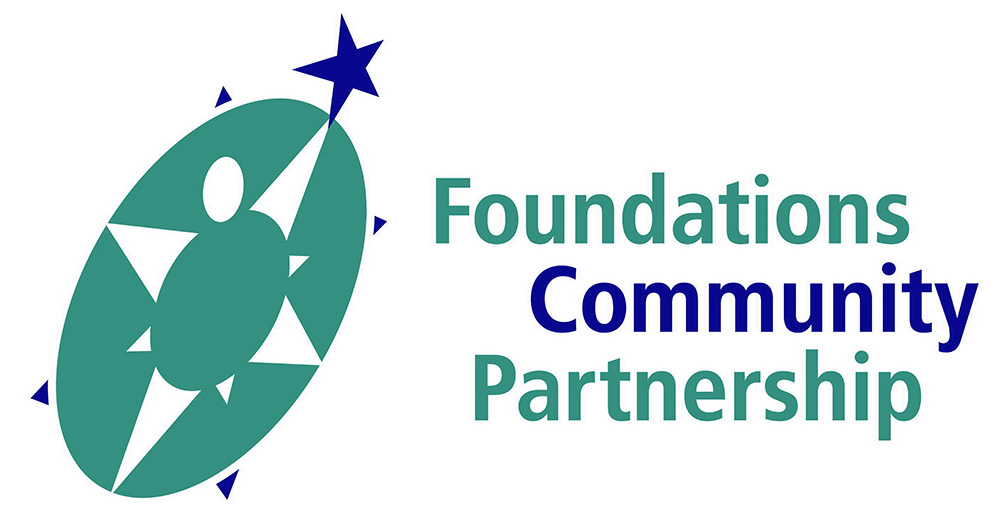Enlightening Presentation Delights Audience
I enjoyed a fun 3 hours, participating in today’s Workshop presented by Carissa Perry-Parish, Ph.D. The workshop entitled, “Emotion Regulation in Children and Adolescents” had three objectives: 1. Define emotion regulation and identify its association with mental health. 2. Identify disruptions in emotion regulation in common childhood disorders. 3. Become familiar with empirically supported approaches for improving self-regulation in children and adolescents. Dr. Parrish met these objectives through presentation of research, treatment examples from her practice and a great sense of humor. Throughout the workshop, she provided research data and research citations, along with amusing anecdotal examples from her practice at Hopkins. I expect that the data was painless, even for statistics-phobic participants. The 3 hours went by quickly.
The first half of the workshop focused on helping the participants understanding emotion regulation and its association with mental health to meet her first two objectives. Her description of emotions included the basic characteristics that we all expect (anger, fear, happiness, sadness, disgust, love) and the purpose of that emotions serve. Dr. Parrish provided her favorite description of emotion regulation as: “Emotion regulation consists of the extrinsic and intrinsic processes responsible for monitoring, evaluating, and modifying emotional reactions, especially their intensive and temporal features, to accomplish one’s goals” (Thompson, 1994).
In response to questions, she agreed that not all emotions should be regulated internally, such as a cathartic response to a tragic event. Appropriate forms of behavioral response to strong negative emotions should be taught, however (e.g. verbal expression, versus physical violence).
Dr. Parrish also provided a definition of “Emotion Dysregulation” impact on the mental health of the child: “Dysregulation is responsible for the disruption of the smoothness of ongoing stream of social interactions, reciprocity, and cooperation” (Whalen & Henker, 1992).
She pointed out that the effects of chronic “Emotion Dysregulation” can impact medical/physical, cognitive, and emotional development of the child. Dr. Parrish provided many examples of the lasting impact of chronic “Emotion Dysregulation,” and the need for treatment for this disorder.
During the second half of the workshop, Dr. Parrish achieved her third objective by presenting some assessment methods for emotion regulation and the essence of several treatment techniques including Behavioral Parent Management Training (PMT) and Cognitive-Behavioral Therapy. She talked about the evolution of these treatment approaches, leading to the “Third Wave” of empirically based treatment for maladaptive behavior. The “Third Wave” begins the inclusion of “Emotion Regulation” and “Mindfulness” as part of the treatment.
In general, the presentation by Dr. Parrish was characterized by relaxed competence, which created an environment with no tension for the audience. I was a little concerned when Dr. Parrish offered open questions from the participants throughout the presentation, instead of waiting until the end. There were 39 pages of slides to present in 3 hours! I was worried that she would be rushed to present the “practice” part of the “Scientist-Practitioner” model of treatment. Clearly she knew her “stuff” and was comfortable responding to questions throughout the workshop. There was little rush at the end.
Typically, during all FCP workshops, I listen to the presenter, and observe the audience reaction with two parts of my brain. One part is absorbing the workshop material, and the other part is taking notes for the Blog. During this workshop, I was having so much fun listening and learning I occasionally forgot to take notes for the Blog. The spontaneous applause that the professional audience provided before the break is rare, and best defines the audience reaction to today’s workshop. This was a very satisfying presentation. Thank you Dr. Parrish.
